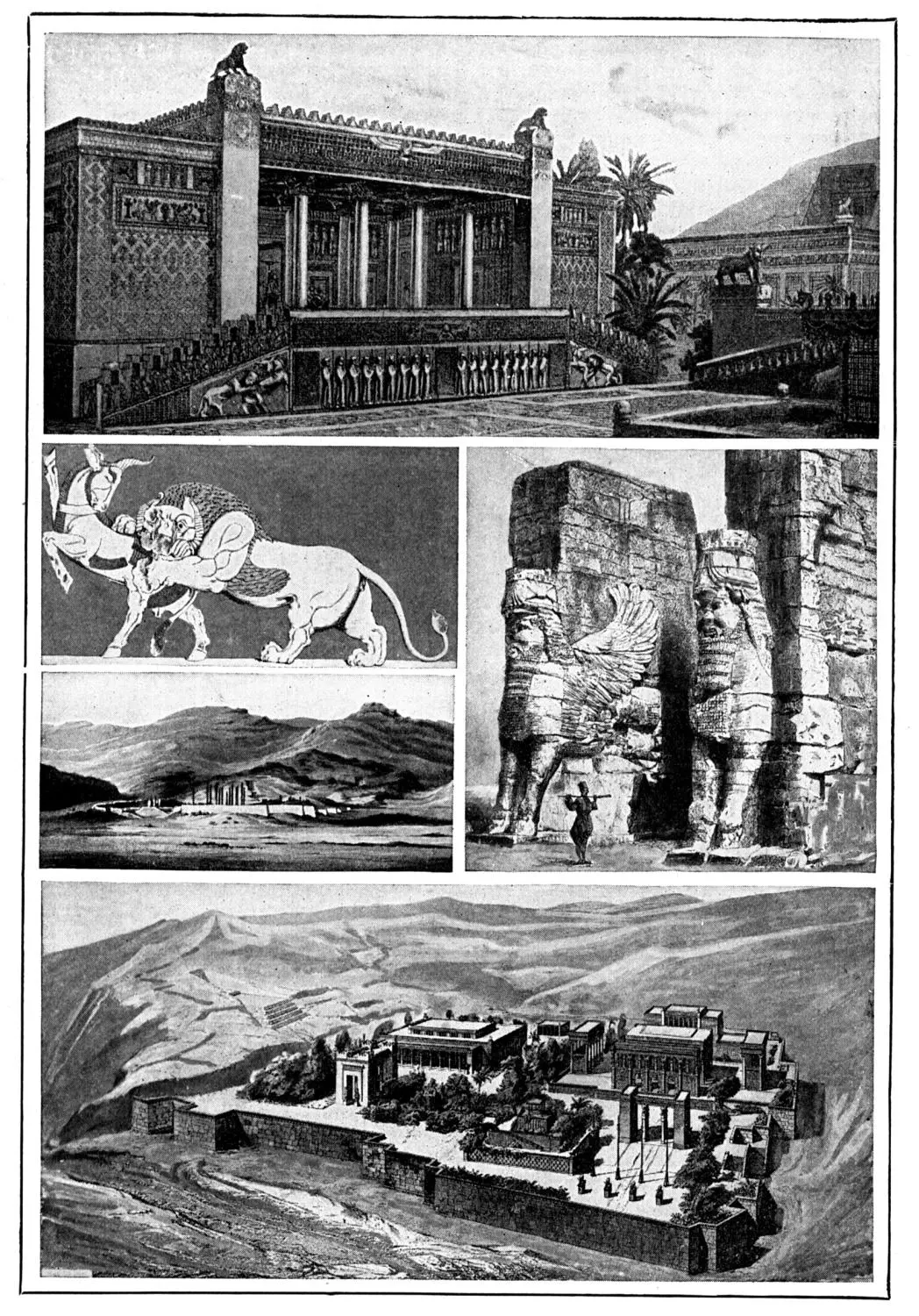Persian Empire
Background
The Persian Empire, which is sometimes called the Achaemenid Empire, was enormous, stretching from Anatolia (we now call this Turkey) and Egypt across to the north of India and Central Asia. It lasted from 550-330 B.C.


Cyrus the Great
- Cyrus the Great, also known as Cyrus II, led a large grouping of different Persian tribes to defeat another tribe called the medians. After this battle, Cyrus led his army to major conquests.
- He defeated the Lydians of western Anatolia. Later in, 539 B.C., Cyrus’s army defeated the Babylonian army to gain this most valuable city for his empire.
- Cyrus had not yet conquered Egypt. He left this task to his son Cambyses who attacked and destroyed the Egyptian army in 525 BC.
- Cyrus the Great was not the typical ancient Mesopotamian leader. He is known for his respect of different tribes and peoples. For example, in Babylon, Cyrus told the people that if they worked and paid tax in his kingdom, he would give them the freedom to live according to their own beliefs and customs.
- Although tolerant of other religions, the Persians believed in and worshiped only one god called Zoroaster. In ancient Mesopotamia, people usually worshipped many different gods

Darius the Great
- After the death of Cambyses, Darius the Great, or Darius I, became the new leader of the empire. He had to deal with a series of uprisings in areas that had been conquered by Cyrus, but he managed to re-establish control.
- Darius created a new form of government to control his empire. He established 20 different provinces called satrapies. They were each led by a governor called a satrap who collected tax and maintained law. Darius appointed the satrap and he also nominated a military commander for each region to help keep order in his empire.
- Darius had a massive royal road network available to him. This network, which had roads of around 8000 miles in total, was crucial for connecting the empire and keeping it under control.
- Darius used his postal service to keep close contact with all the provinces. On each road, there were postal stations where couriers would change horses as letters made their way to the king.

The Greek wars
- In around 499 BC the Persian Empire experienced a Greek uprising in Ionia, followed by a series of smaller uprisings in the far western parts of the empire. Darius recognised the Greek threat and decided to take action.
- In 490 BC,Darius decided to invade Greece. Although the Persians greatly outnumbered the Greeks at the battle of Marathon, the Greeks used thoughtful tactics to defeat their enemy. This was a humiliating defeat for the Persians who lost around 6400 men, compared to the Greek loss of 192 men.
- Ten years passed and a new Persian king had taken the throne. His name was Xerxes and he wanted to get revenge for the humiliation suffered by his father. In 480 BC Xerxes led a renewed attack on Greece with an even bigger army determined to be victorious. At first, the invasion had some success as the Persians enjoyed a victory at Thermopylae.
- The deciding battle at Salamis was fought in the Saronic Gulf. This naval war was an important turning point in the history of the Persian Empire. As in the early battles, the Greeks had a much smaller fleet compared to the Persians. Again, the Greeks won through tactics by drawing in the Persian ships, ramming and destroying them.

The Fall of the Persian Empire
- The defeat to Greece did not immediately cause the collapse of the Persian Empire, but it did show that the Persians could be defeated.
- Under different leaders, problems to the west of the empire continued. This time the Egyptians tried to fight off their Persian masters, but with little success.
- The satraps gradually became less loyal to the king and showed signs that they too wanted more freedom and power. But the Persian Empire still held together.
- A young Macedonian king and military leader called Alexander the Great began his conquest of the Persian Empire in 334 BC. He took over all the former Persian provinces and reached as far as India.



